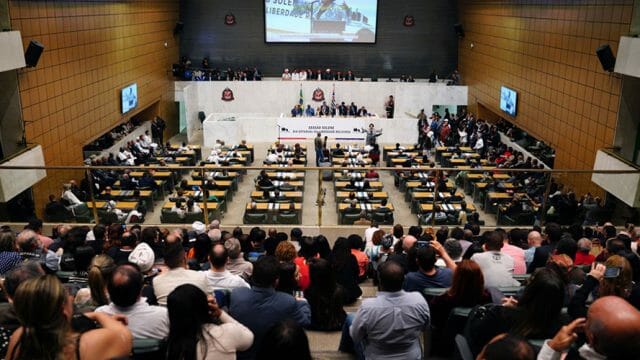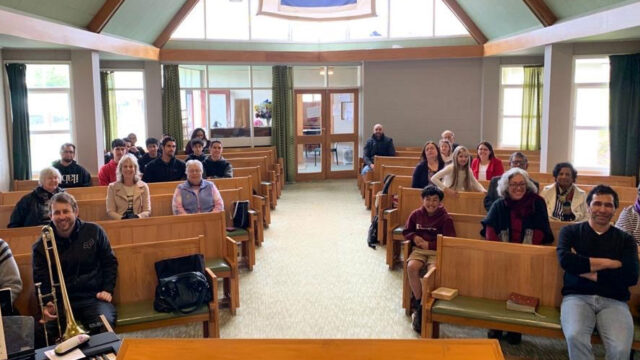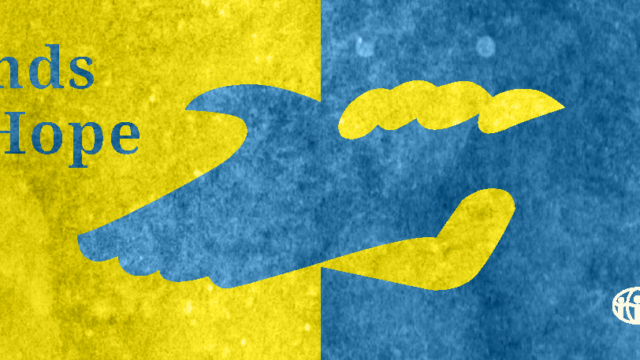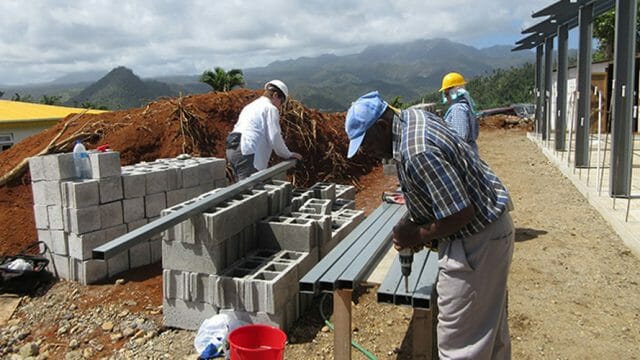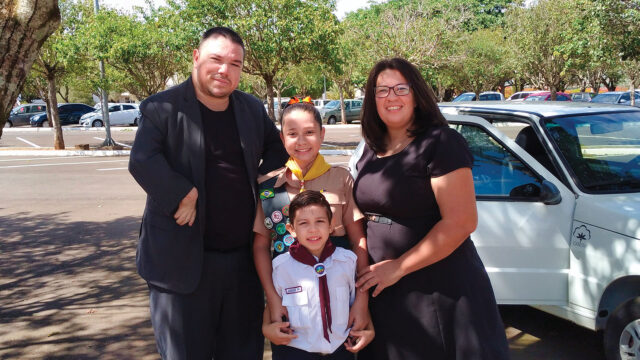People noticed and turned away
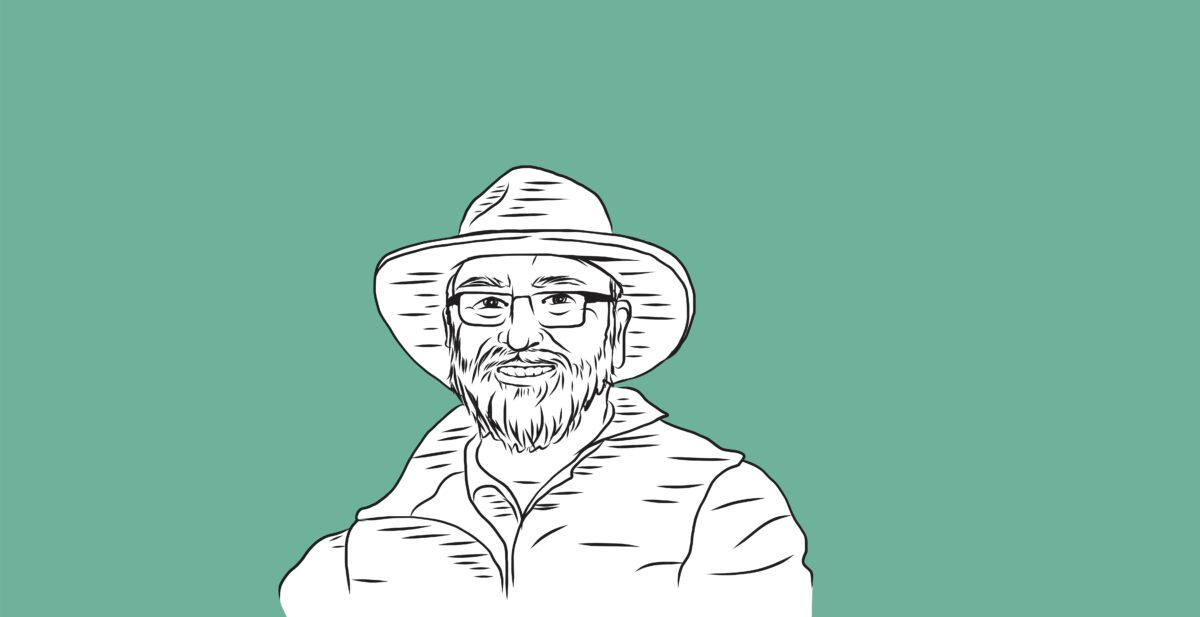
He had strong arms, bulging biceps, huge, powerful hands, and a massive chest to match. Like a boxer or soccer goalie. A body to be proud of and envied by others. He’d been that way most of his life. People noticed him and greeted him with smiles and admiration.
Until they noticed the rest of him.
He was ugly. His face seemed to have been formed in a peanut farm. Wide on top, narrow in the center, and wide again around his jaw. Even worse, something terrible had happened with his legs. Rather than bulging with large and strong muscles (like his arms), his legs were thin and dangly, as if made without bones. Just fleshy strips connected to tiny, useless feet.
People noticed and turned away, slightly repulsed by this creature that held only a small resemblance to something human.
Homeless in San Juan
He was born somewhere near San Juan, Puerto Rico, to a family that loved him eagerly, but had no idea how to raise him. He ate well, and his arms and chest seemed to grow normally. But the rest of him was a mess. Nothing fit!
Medical experts examined him, poked him with a dozen needles, took samples of everything, and talked quietly behind tightly closed doors. Their final analysis was brief. “He will always be this way. Short. Misshapen. Strong. Weak. Ugly. And he will never walk.”
For his fourth Christmas his father gave him a gift. It wasn’t much. Just a piece of plywood with roller skate wheels nailed to the bottom. His mother put a pillow in the center, rather like a motorcycle seat, and his father showed him how to push and pull himself around with his hands. He was thrilled with his new transportation and practiced for hours on the busy streets around his home.
When he got good, his parents gave him a lunch box, and his mother filled it with goodies. Then his father took him, and his board, for a long ride on a city bus. They got off at the Terminal de Guaguas, near the governor’s palace in Old San Juan. His father bought a meal for him from a street vendor and then knelt beside his board.
“Nañito,” he said. “This is as far as we can go. Your mother and I love you dearly, but we do not know how to raise you anymore. I am bringing you here, to the center of the Old City, and praying for God to take good care of you from here on. May He be with you.”
Father gave him a strong hug and then got back on a bus, waved, and rode out of El Nañito’s life.
He sat there a long time, watching as buses pulled in, emptied of their passengers, filled again, and then drove off toward everywhere. Finally, accepting that he wasn’t going anywhere, he pushed his board a couple short blocks to Fortaleza Street, the main road coming into and going out of Old San Juan.
About seven blocks away he could see the roof of the Palacio de Santa Catalina, where the governor lived. Street vendors had set up small booths and tables along both sides of the street, selling fancy clothes, food, and tourist trinkets. He paddled along a bit, then stopped to eat the meal his father had purchased for him. Tired, he pulled under a tree and collapsed. Exhausted from the first day in his new home. A homeless street boy in Old San Juan.
Shoes and Books
In the morning a street vendor shared some water and bread, directed him to the toilets, and sent him on his way. He pushed up and down the street all day, stopping at almost every vendor, greeting them, learning names, seeing if there was anything he could do to earn a meal.
A cobbler caught his eye, a happy man who was singing as he repaired soles and polished leather. This is the happiest man on the street, he thought, and moved in close.
“You want to polish?” The cobbler had a kind voice, and El Nañito Feo quickly accepted his offer. He polished all afternoon, improving his skills with each pair of shoes.
“I go home on the next bus,” the cobbler said, “but you can sleep in my spot if you’d like.”
He learned the cobbler’s skills and his songs. All of them. His favorite was a song of hope, “Mas Alla Del Sol.” “Far beyond the sun,” he sang as he polished and pounded and cut and became an excellent cobbler. Almost as good as his teacher.
A wood-carver upgraded his board and wheels, and another vendor gave him a soft sleeping mat. The cobbler took him to church, taught him about God, and made sure he was baptized.
One day the cobbler did not arrive on his usual bus. Instead, another vendor came over to El Nañito and handed him the cobbler’s tools and a bag filled with leather.
“Sorry, Nañito, but the cobbler died last night,” the man said. “Said I was to give all his stuff to you. Told me that you’ve become a very good cobbler and that he’s proud to have you carry on his work. Wanted you to have this box, also.”
The box was filled with the cobbler’s books: a well-read Bible, a copy of The Desire of Ages, and a thick stack of paperback copies of the book Steps to Christ. He already knew about these, because the cobbler was always teaching him about God and Jesus and Sabbath and hope for the future. He especially knew what to do with the copies of Steps to Christ. Those were to go inside each pair of carefully repaired and polished shoes, just as the cobbler had taught him.
He worked in the cobbler’s spot for more than 12 years, measuring, pounding, cutting, buffering, singing, and polishing for the finest feet in Puerto Rico. Even the governor chose El Nañito Feo as his personal cobbler! Best of all, customers always found a copy of Steps to Christ, or a book of the Bible, tucked away in their well-polished shoes.
One winter he caught a cough that wouldn’t go away. One doctor told him it was pneumonia. Another told him it was cancer. Both were right. The hospital bed was the nicest he had ever slept in, and Armando, the male nurse assigned to him, was glad for El Nañito’s Bible studies.
On the night he died, he asked the doctor to be sure the nurse got his box. “My Bible is in it,” he said. “And my last copies of Steps to Christ. Armando will need those.”


